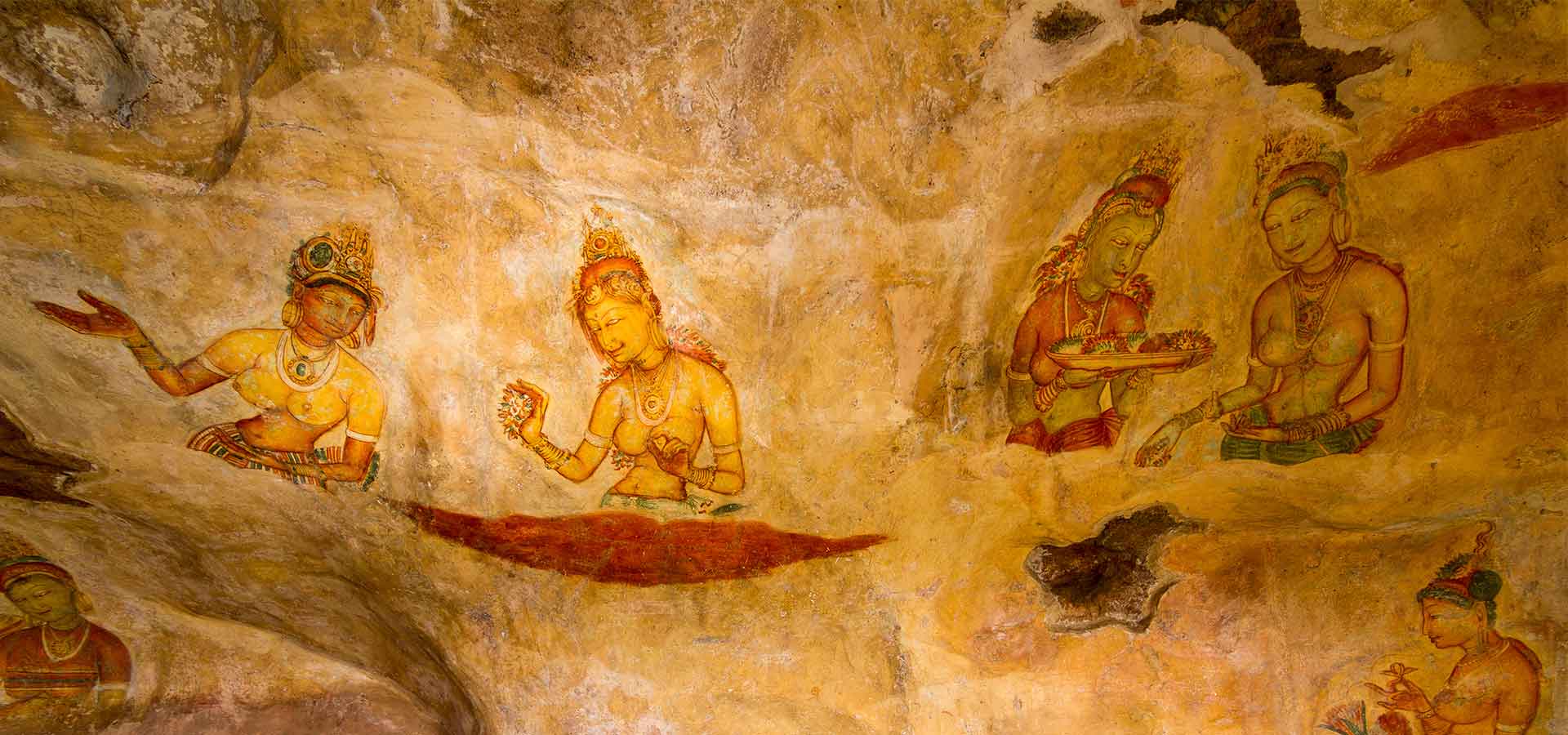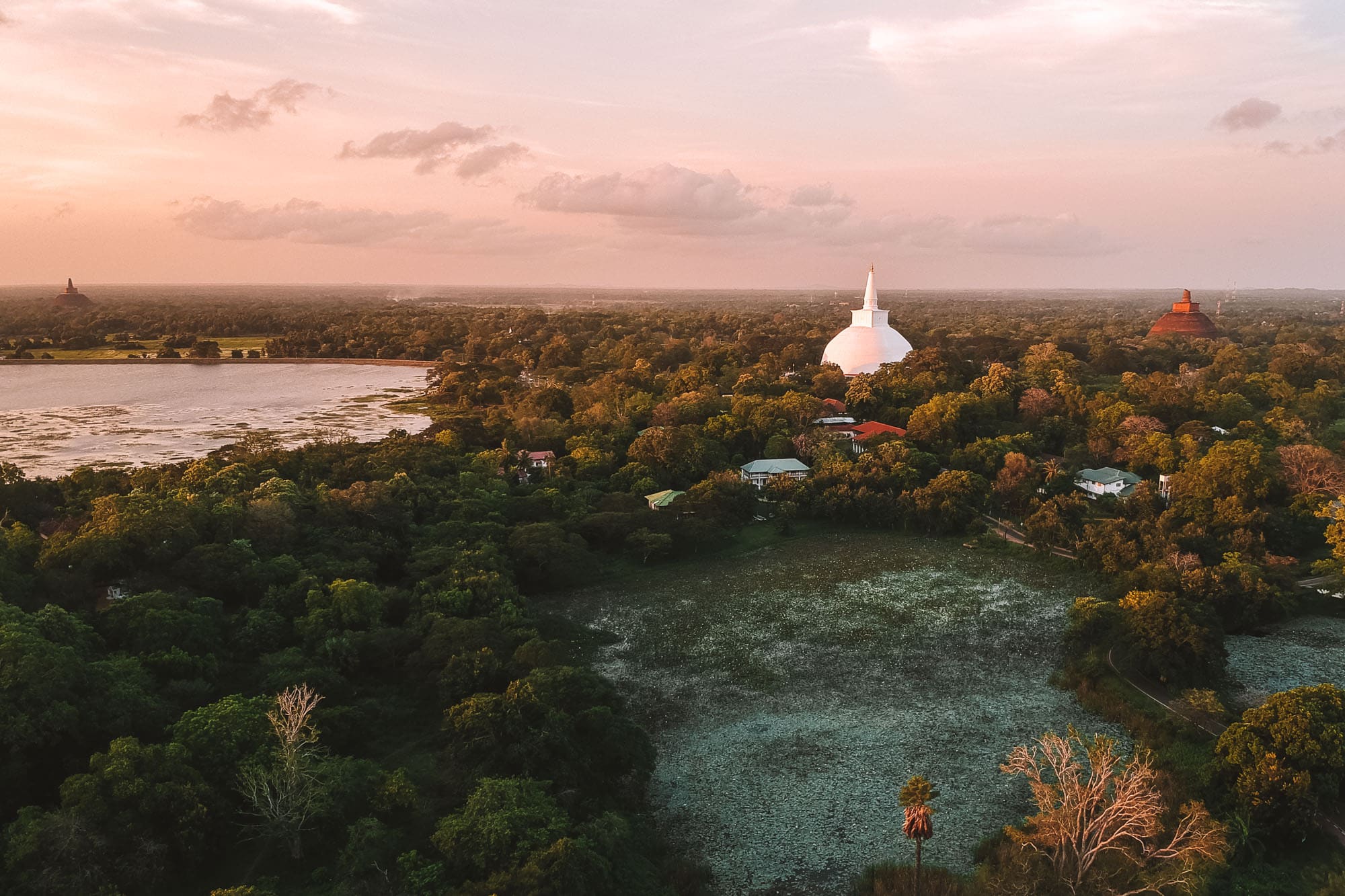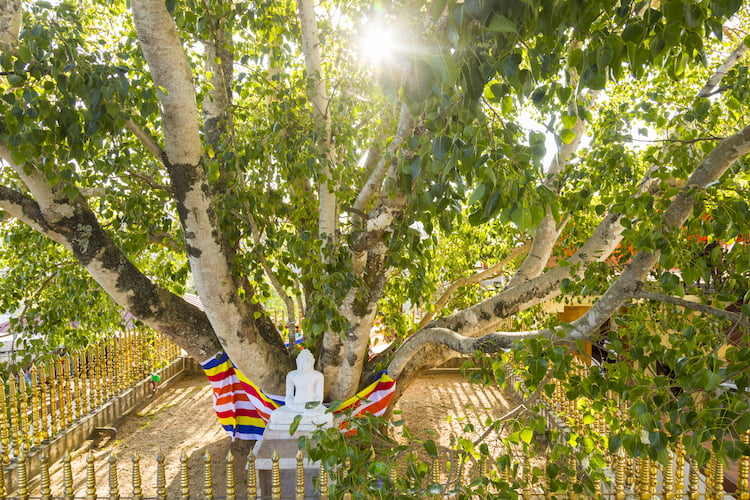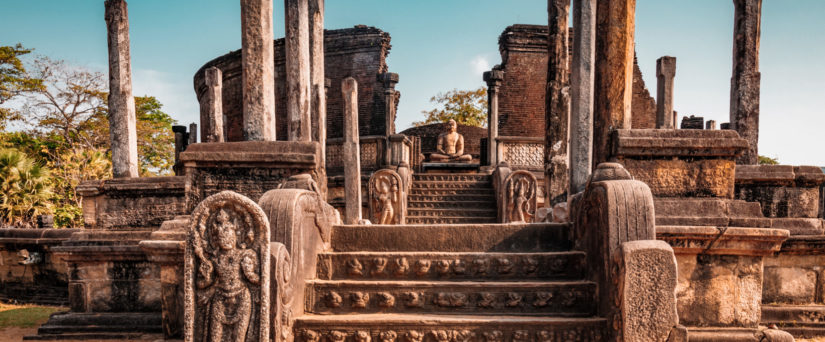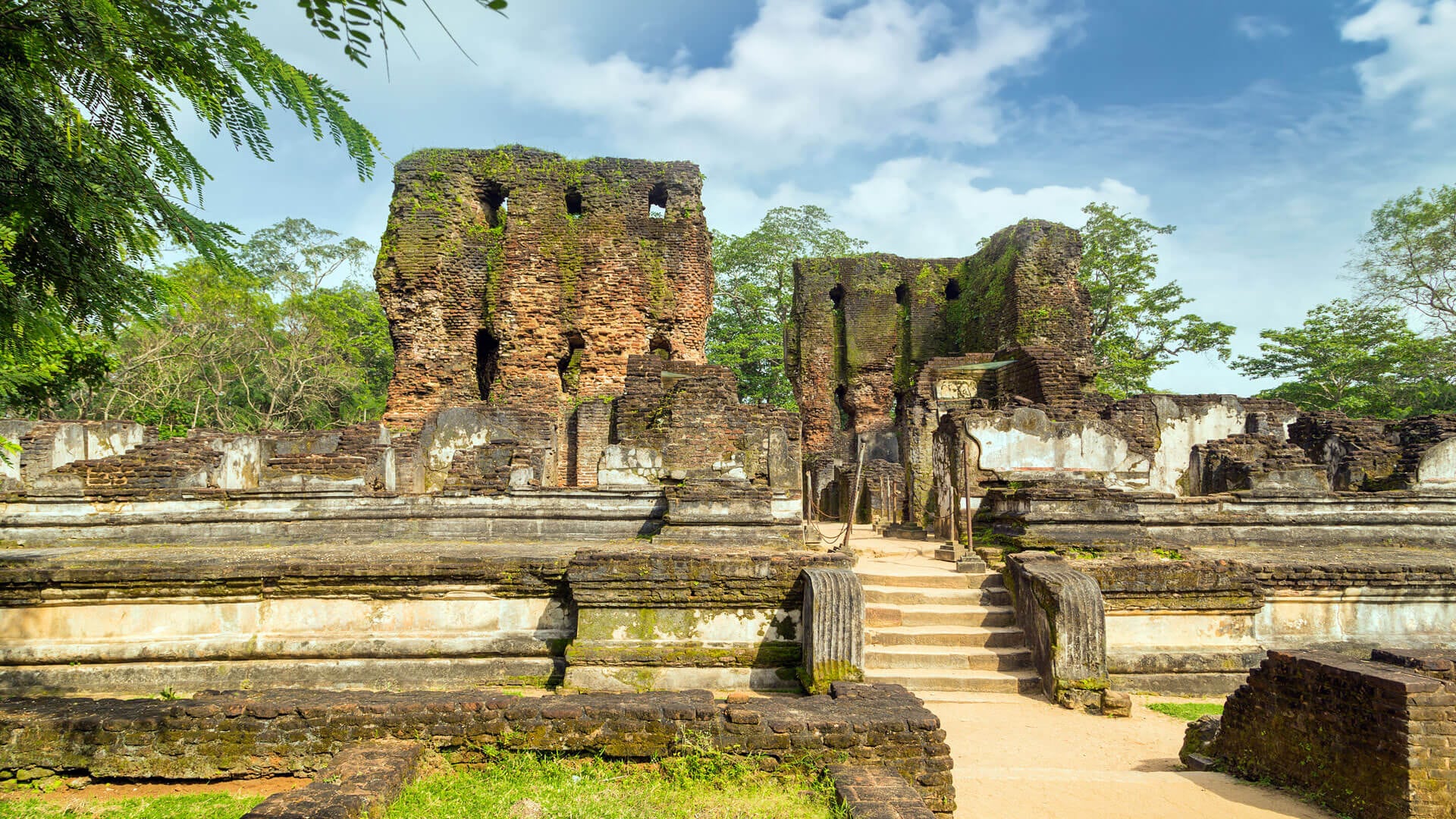Sigiriya Rock Fortress
Sigiriya, also known as the "Lion Rock," is an ancient rock fortress and palace ruin situated in the central Matale District of Sri Lanka.
Built by King Kasyapa (477–495 AD), this site is renowned for its ancient frescoes, the mirror wall, and the massive lion paws carved into the rock. The engineering and architectural brilliance displayed at Sigiriya demonstrates the advanced civilization that existed in ancient Sri Lanka.
-
Location: Central Province, near Dambulla
-
Opening Hours: 7:00 AM - 5:30 PM
-
Entry Fee: $30 USD for foreign tourists
-
Best Time to Visit: Early morning to avoid crowds and heat
-
Time Needed: 2-3 hours
Frescoes
Ancient paintings of female figures, remarkably preserved for over 1,500 years.
Water Gardens
Sophisticated hydraulic systems that still function during rainy seasons.
Mirror Wall
A highly polished wall with ancient graffiti dating back to the 8th century.
Lion's Paw
Massive stone lion paws that once formed the entrance to the palace.
Sacred City of Anuradhapura
Anuradhapura was the first established kingdom and ancient capital of Sri Lanka, founded in the 4th century BC.
This sacred city was the center of Theravada Buddhism for many centuries. The site contains numerous archaeological treasures including ancient stupas, temples, sculptures, and sophisticated irrigation systems. The sacred Bodhi Tree (Sri Maha Bodhi), said to be grown from a cutting of the original tree under which Buddha attained enlightenment, is located here and is the oldest historically documented tree in the world.
-
Location: North Central Province
-
Opening Hours: 7:00 AM - 6:00 PM
-
Entry Fee: $25 USD for foreign tourists
-
Best Time to Visit: Early morning or late afternoon
-
Time Needed: Full day (multiple days recommended)
Sri Maha Bodhi
The oldest documented tree in the world, grown from a cutting of the original Bodhi tree.
Ruwanwelisaya Stupa
An iconic white dome stupa standing 103m tall, built in the 2nd century BC.
Twin Ponds
Kuttam Pokuna, an advanced hydrological engineering marvel of the ancient world.
Moonstone
Elaborately carved semi-circular stones at the entrance to temples and palaces.
Ancient City of Polonnaruwa
Polonnaruwa was the second capital of Sri Lanka after the destruction of Anuradhapura.
The ancient city contains well-preserved ruins of palaces, bathing pools, stupas, and exquisite stone sculptures. King Parakramabahu I's reign (1153-1186 AD) was Polonnaruwa's golden age, during which time economic prosperity and religious harmony flourished. The city is famous for its massive stone Buddha statues, the Gal Vihara, and the impressive Parakrama Samudra, a vast artificial lake built by King Parakramabahu.
-
Location: North Central Province
-
Opening Hours: 7:00 AM - 6:00 PM
-
Entry Fee: $25 USD for foreign tourists
-
Best Time to Visit: Morning hours
-
Time Needed: 3-4 hours
Gal Vihara
Four massive Buddha statues carved from a single granite rock face.
Parakrama Samudra
A massive artificial reservoir that still irrigates the surrounding area.
Royal Palace
The massive seven-story palace of King Parakramabahu I.
Vatadage
A circular relic house with exquisite stone carvings and moonstones.

